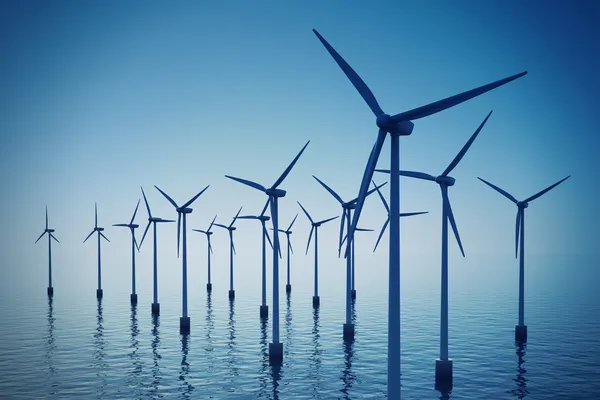The world is gradually moving away from the traditional “take, make, dispose” model of consumption and production, which has significantly contributed to environmental degradation. In its place, the concept of a circular economy is gaining momentum. The circular economy promotes sustainability by minimizing waste, reusing, and recycling resources, offering a promising alternative to the linear economy that dominates much of today’s industrial activities.

What is a Circular Economy?
At its core, the circular economy is an economic system aimed at eliminating waste and the continual use of resources. Unlike the linear economy, which typically involves extracting raw materials, manufacturing goods, and disposing of waste at the end of the product’s life cycle, the circular model strives to keep products, components, and materials in circulation for as long as possible. This approach is aligned with the principles of the “reduce, reuse, recycle” philosophy.
Instead of being discarded, products in a circular economy are designed to be easily repaired, refurbished, or recycled. This method prevents valuable resources from ending up in landfills and reduces the environmental impact of manufacturing and disposal processes. Moreover, a circular economy promotes closed-loop systems where waste from one process becomes input for another, reducing the need for virgin raw materials.
Benefits of the Circular Economy
- Waste Minimization: One of the core principles of the circular economy is drastically reducing waste. By ensuring that products have a longer life span, and by recycling components at the end of their usage, fewer materials are wasted. This alleviates pressure on landfills and lessens the burden on natural resources.
- Resource Efficiency: Circularity encourages more efficient use of resources. Recycling and reusing materials reduce the demand for new raw materials, lowering the energy required for production and the overall environmental footprint. It also promotes innovation in creating more sustainable production systems.
- Economic Growth: Transitioning to a circular economy presents economic opportunities, particularly in the form of job creation in recycling, remanufacturing, and repair industries. Additionally, it encourages innovation in product design and supply chain management, fostering more sustainable business models.
- Environmental Impact: By reducing the extraction of raw materials and limiting waste, a circular economy helps to mitigate climate change, reduce pollution, and conserve biodiversity. Studies suggest that adopting circular principles could significantly reduce greenhouse gas emissions globally.
Companies Driving Circular Innovation
Across industries, businesses are beginning to embrace circularity, reshaping their operations to align with sustainability goals. For instance, IKEA has set ambitious targets to become fully circular by 2030. The company is focusing on designing products that are easier to repair and recycle, implementing take-back programs, and utilizing sustainable materials.
Similarly, Patagonia, known for its environmental commitment, has embraced circularity by encouraging customers to repair and reuse their clothing. Their “Worn Wear” initiative allows consumers to trade in used clothing for store credit, thus promoting product longevity and reducing textile waste.
In the tech industry, companies like Apple are making strides in circular innovation by creating products with modular designs that are easier to disassemble and recycle. Their commitment to using recycled materials in products like the MacBook and iPhone also reflects a move towards circularity.
The Future of Circularity
The circular economy is more than just a trend; it is a necessary shift for ensuring the sustainability of future generations. With increasing awareness about the environmental and economic benefits of circular systems, more companies are expected to innovate and integrate circular principles into their operations. Governments and consumers also play critical roles in fostering this transition by supporting policies and practices that promote reuse, recycling, and responsible consumption.
However, the shift to a fully circular economy will require more than just business innovation—it demands systemic changes, including policy frameworks, infrastructure investments, and societal buy-in. The benefits are clear: by adopting a circular model, industries can create more resilient supply chains, reduce their environmental impact, and open up new economic opportunities.
As the circular economy gains traction, it offers a blueprint for a future where resources are continuously cycled, waste is minimized, and the planet can sustain its inhabitants for generations to come.


